Emergency Treatment Facilities of the Issyk-Ata Resort
Coordinates: 42.601931, 74.908141
Malfunctioning or non-operational wastewater treatment facilities pose a serious threat to both humans and the surrounding nature. These systems are designed to remove pollutants from wastewater and prevent them from entering water bodies, soil, and the atmosphere. However, when they fail or operate poorly, the consequences can be catastrophic.
Threats to Humans
Contamination of drinking water: One of the most serious threats is the entry of toxic substances into drinking water sources. Microorganisms, heavy metals, chemical compounds, and other pollutants can enter rivers, lakes, or groundwater. This can lead to mass poisoning and the development of dangerous diseases such as cholera, hepatitis A, and diarrheal infections.
Exposure to toxic substances: Wastewater may contain hazardous substances—phenols, petroleum products, pesticides, and heavy metals. When they enter water and food chains, they have a toxic effect on the human body, causing chronic diseases of the liver, kidneys, nervous system, and cancers.
Spread of pathogenic microorganisms: If wastewater treatment facilities do not perform their function, pathogens such as E. coli, salmonella, and viruses can enter the water. This leads to outbreaks of infectious diseases among the population, especially in areas with low sanitation standards.
Threats to Nature
Pollution of aquatic ecosystems: The discharge of untreated wastewater into water bodies causes a sharp deterioration in water quality. Due to the excessive content of organic matter in the water, algae begin to proliferate actively, leading to the process of eutrophication. This causes a decrease in oxygen levels, which is detrimental to fish and other aquatic organisms.
Soil degradation: Soil pollution occurs due to leaks or improper filtration of wastewater. Chemicals accumulate in the soil, reducing its fertility and destroying the microflora. This leads to decreased agricultural crop yields and long-term consequences for agricultural ecosystems.
Death of flora and fauna: Contaminated waters can severely disrupt ecosystems. Fish, amphibians, birds, and other animals that depend on water bodies become victims of pollution. The absorption of toxic substances through the food chain can lead to mass deaths and a decline in biodiversity.
Accumulation of heavy metals: Heavy metals such as lead, mercury, and cadmium do not decompose in natural conditions and accumulate in living organisms. These metals pose a threat to the entire ecosystem, from microorganisms to large animals, and can cause long-term damage to natural processes.
Thus, malfunctioning or emergency wastewater treatment facilities pose a serious threat to the environment and human health. Addressing this issue requires a comprehensive approach, including infrastructure modernization, the implementation of new technologies, and increased accountability for the operation of treatment systems.
Malfunctioning or non-operational wastewater treatment facilities pose a serious threat to both humans and the surrounding nature. These systems are designed to remove pollutants from wastewater and prevent them from entering water bodies, soil, and the atmosphere. However, when they fail or operate poorly, the consequences can be catastrophic.
Threats to Humans
Contamination of drinking water: One of the most serious threats is the entry of toxic substances into drinking water sources. Microorganisms, heavy metals, chemical compounds, and other pollutants can enter rivers, lakes, or groundwater. This can lead to mass poisoning and the development of dangerous diseases such as cholera, hepatitis A, and diarrheal infections.
Exposure to toxic substances: Wastewater may contain hazardous substances—phenols, petroleum products, pesticides, and heavy metals. When they enter water and food chains, they have a toxic effect on the human body, causing chronic diseases of the liver, kidneys, nervous system, and cancers.
Spread of pathogenic microorganisms: If wastewater treatment facilities do not perform their function, pathogens such as E. coli, salmonella, and viruses can enter the water. This leads to outbreaks of infectious diseases among the population, especially in areas with low sanitation standards.
Threats to Nature
Pollution of aquatic ecosystems: The discharge of untreated wastewater into water bodies causes a sharp deterioration in water quality. Due to the excessive content of organic matter in the water, algae begin to proliferate actively, leading to the process of eutrophication. This causes a decrease in oxygen levels, which is detrimental to fish and other aquatic organisms.
Soil degradation: Soil pollution occurs due to leaks or improper filtration of wastewater. Chemicals accumulate in the soil, reducing its fertility and destroying the microflora. This leads to decreased agricultural crop yields and long-term consequences for agricultural ecosystems.
Death of flora and fauna: Contaminated waters can severely disrupt ecosystems. Fish, amphibians, birds, and other animals that depend on water bodies become victims of pollution. The absorption of toxic substances through the food chain can lead to mass deaths and a decline in biodiversity.
Accumulation of heavy metals: Heavy metals such as lead, mercury, and cadmium do not decompose in natural conditions and accumulate in living organisms. These metals pose a threat to the entire ecosystem, from microorganisms to large animals, and can cause long-term damage to natural processes.
Thus, malfunctioning or emergency wastewater treatment facilities pose a serious threat to the environment and human health. Addressing this issue requires a comprehensive approach, including infrastructure modernization, the implementation of new technologies, and increased accountability for the operation of treatment systems.
The research was conducted with the support of the Global Greengrants Fund (GGF), one of the leading donor organizations in the world that supports the efforts of ordinary people to protect the planet Earth. #GlobalGreengrantsFund #GreengrantsFund #Greengrants #GGF #GlobalGreengrantsFund

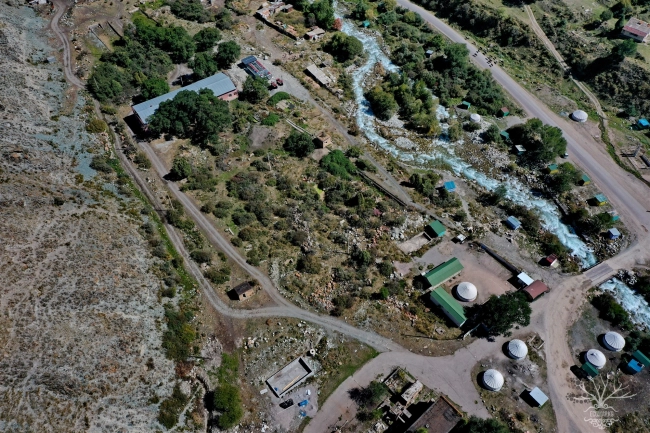

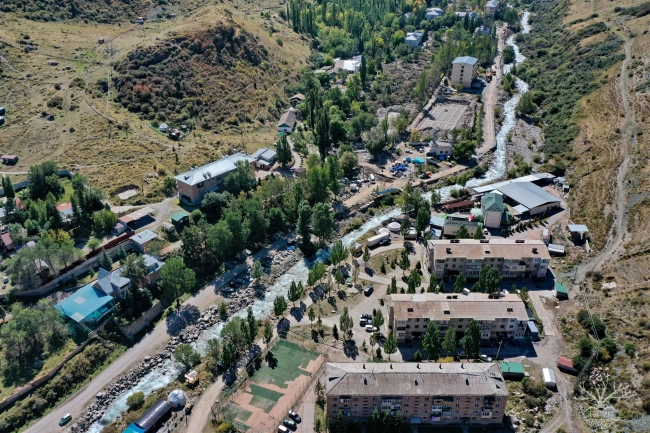
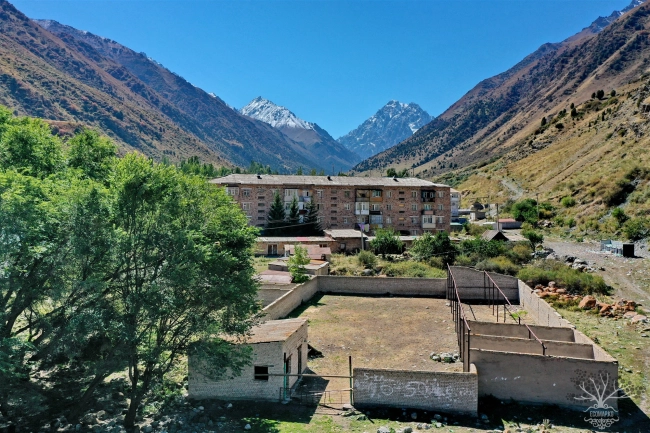
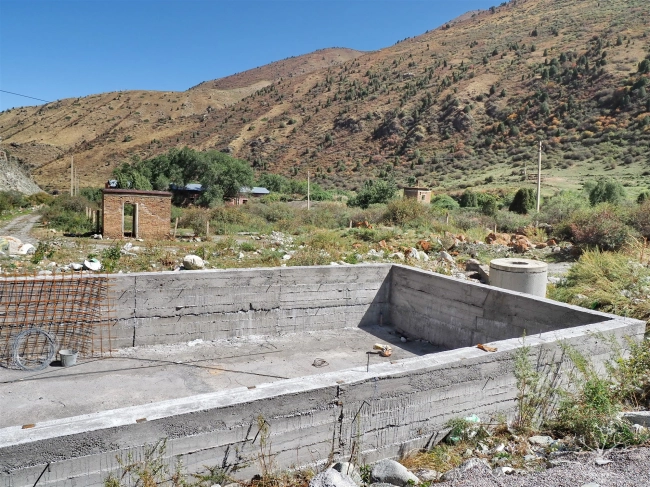




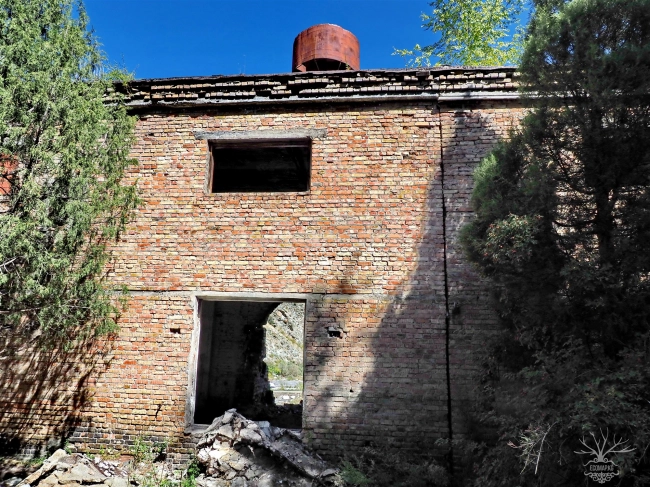

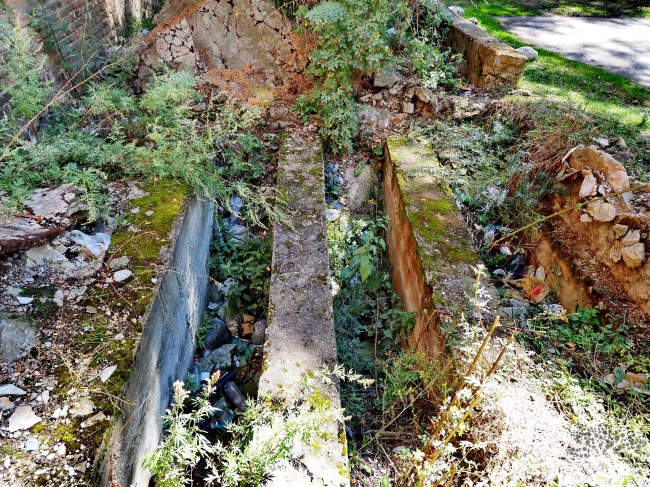
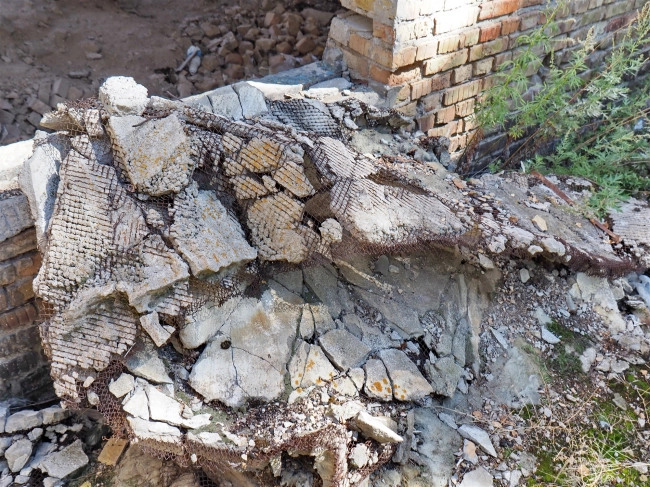




















Attention: Information based on submitted complaints